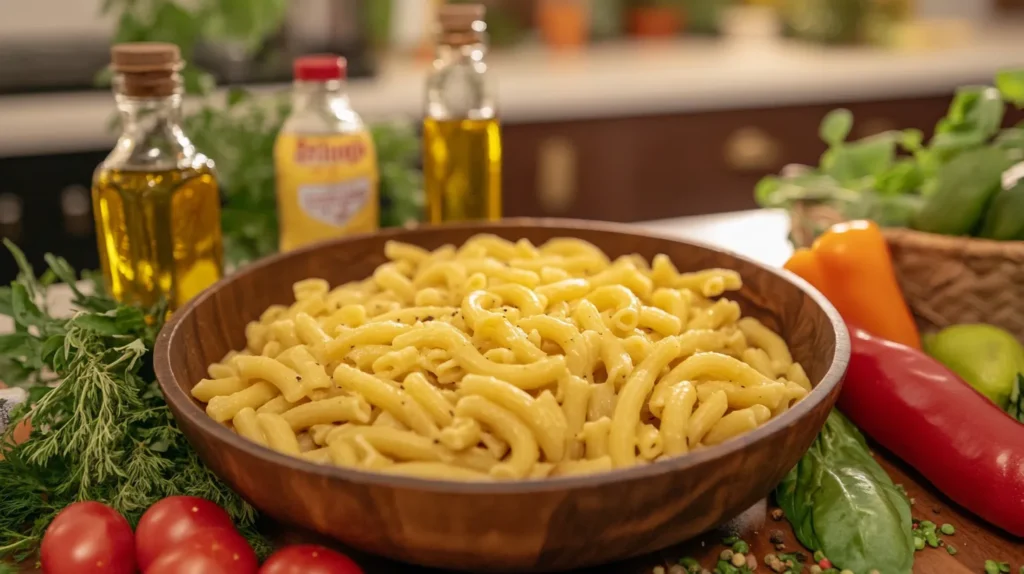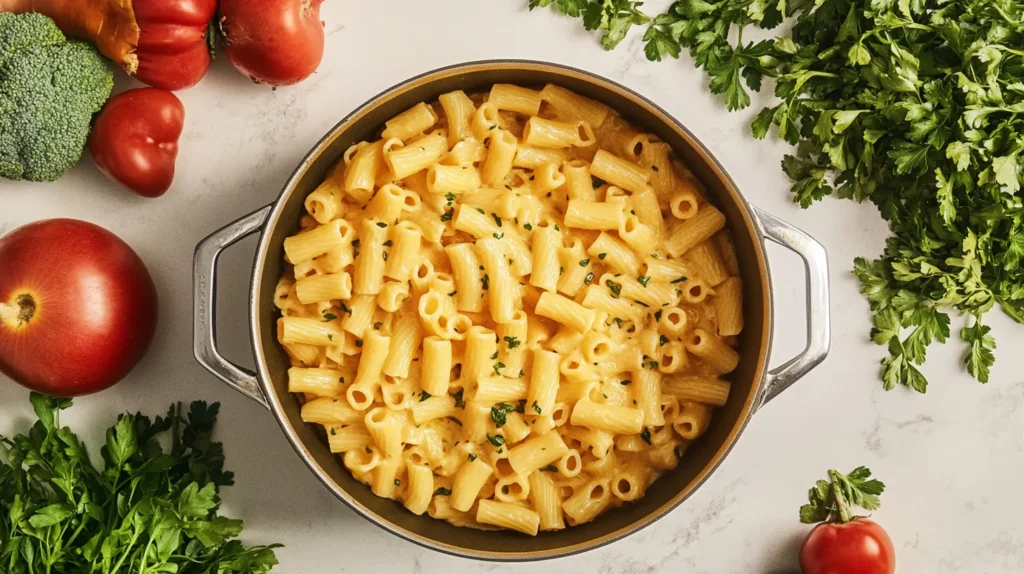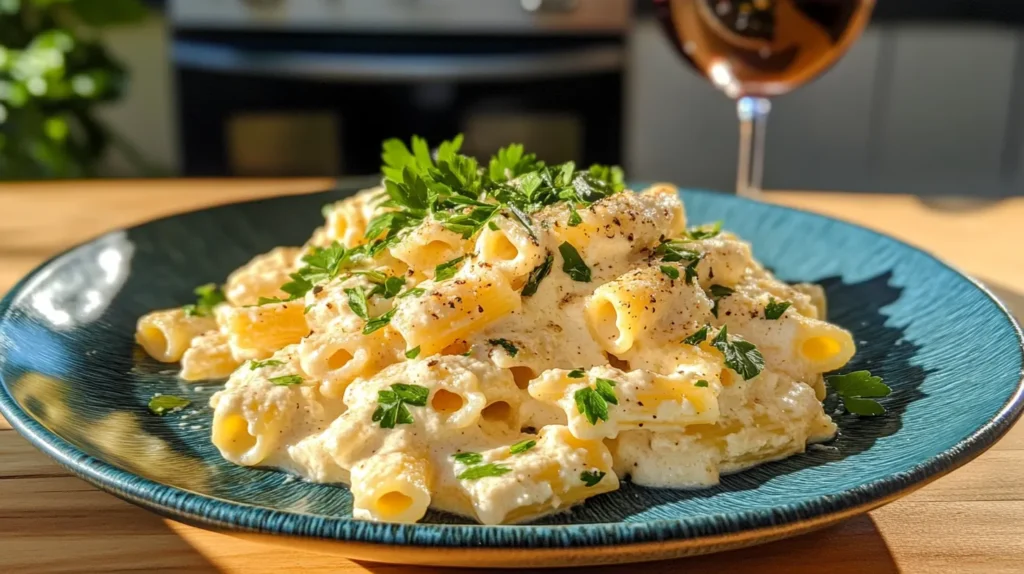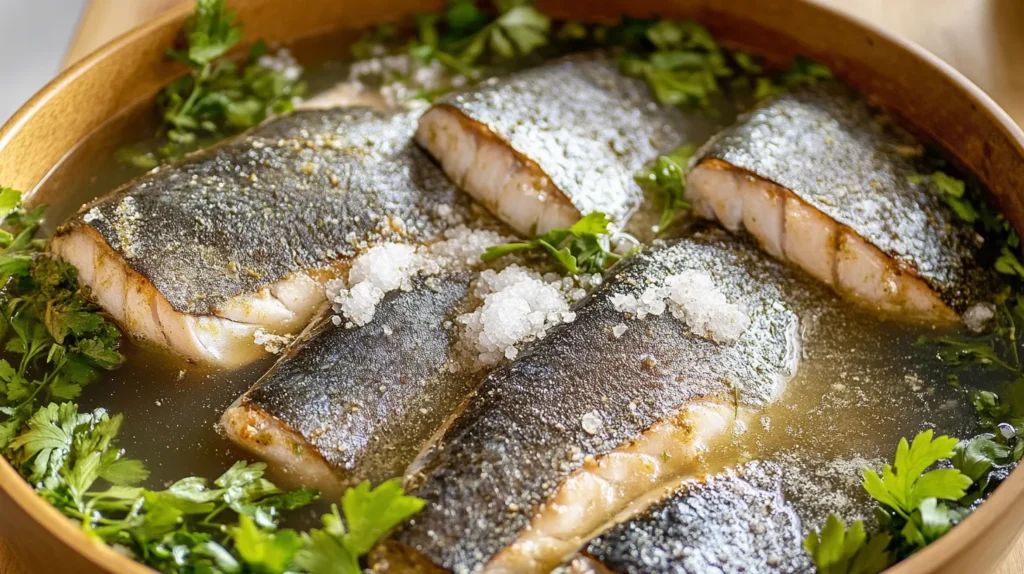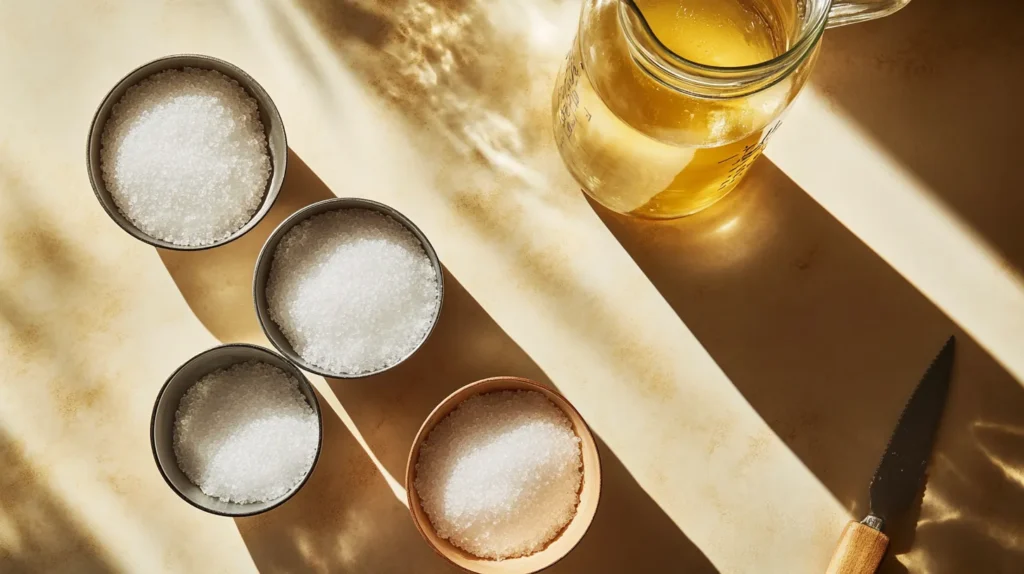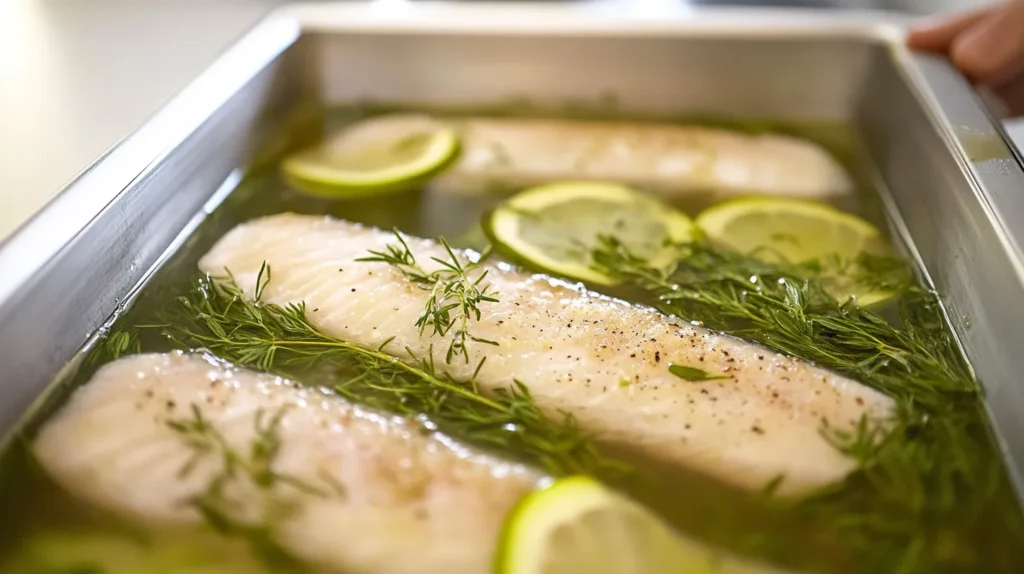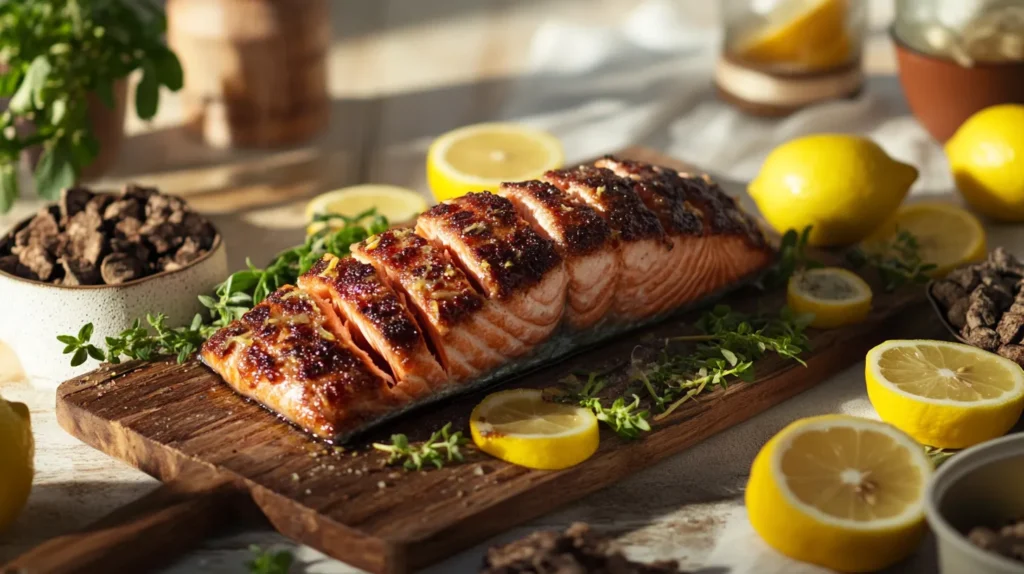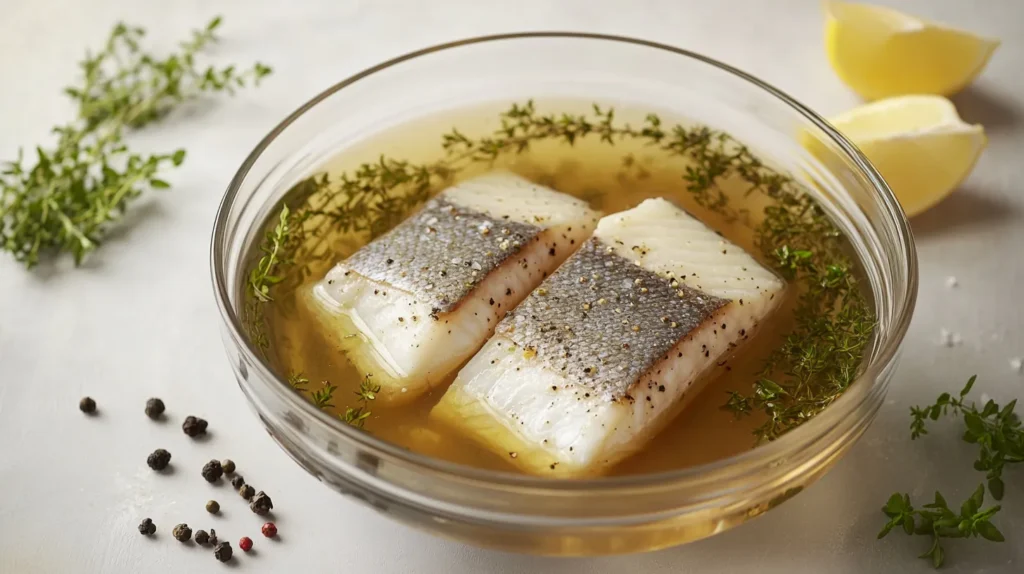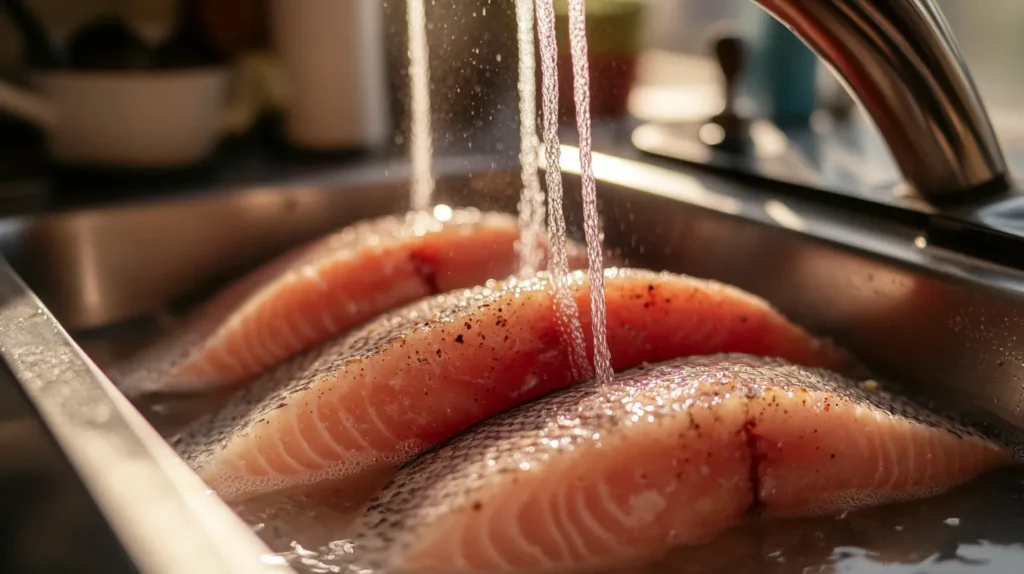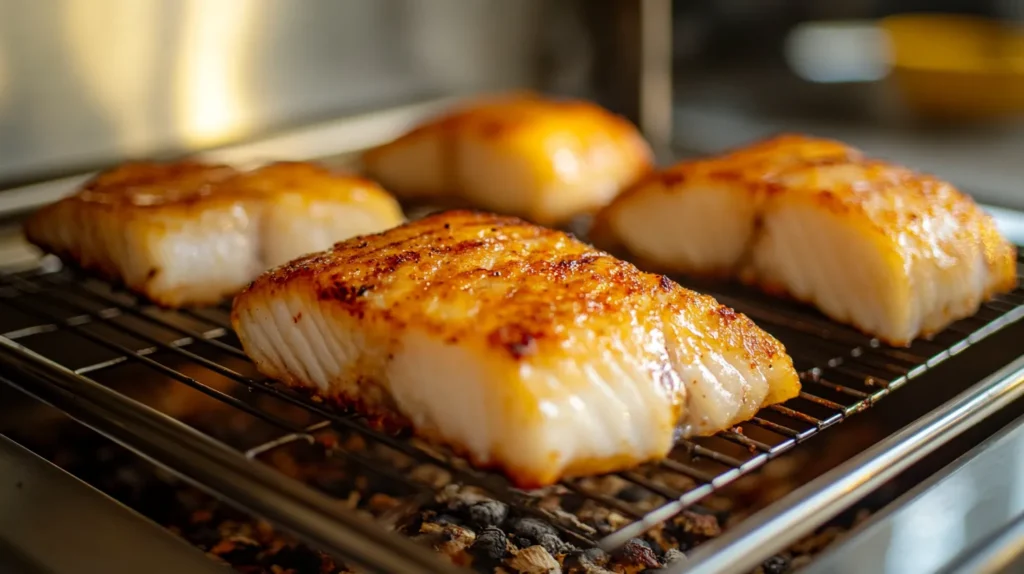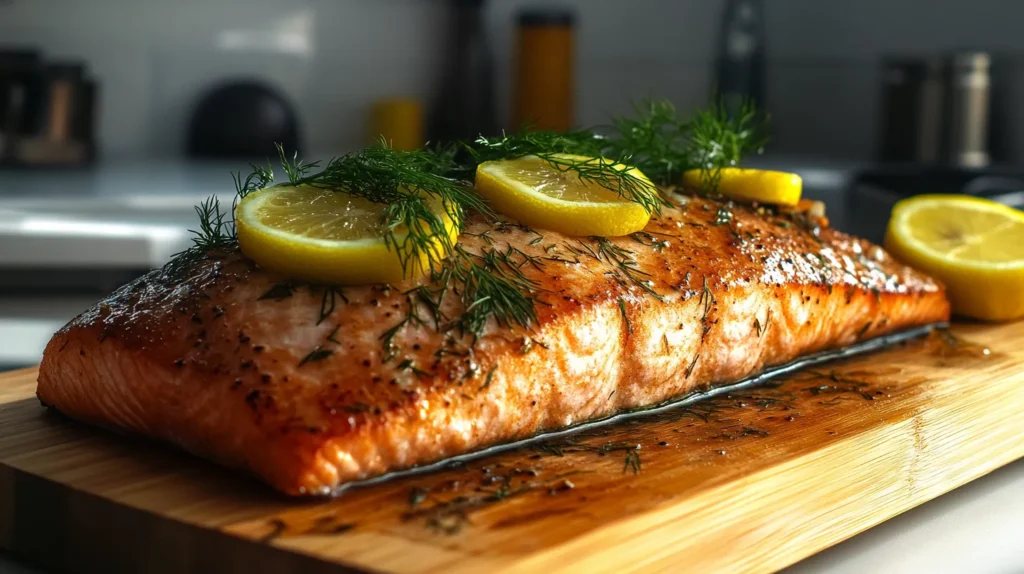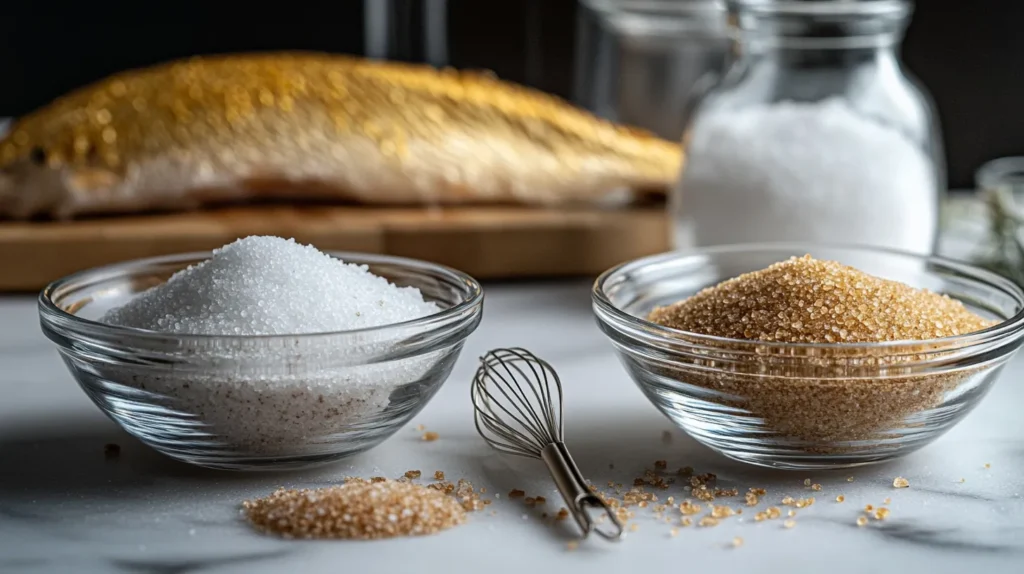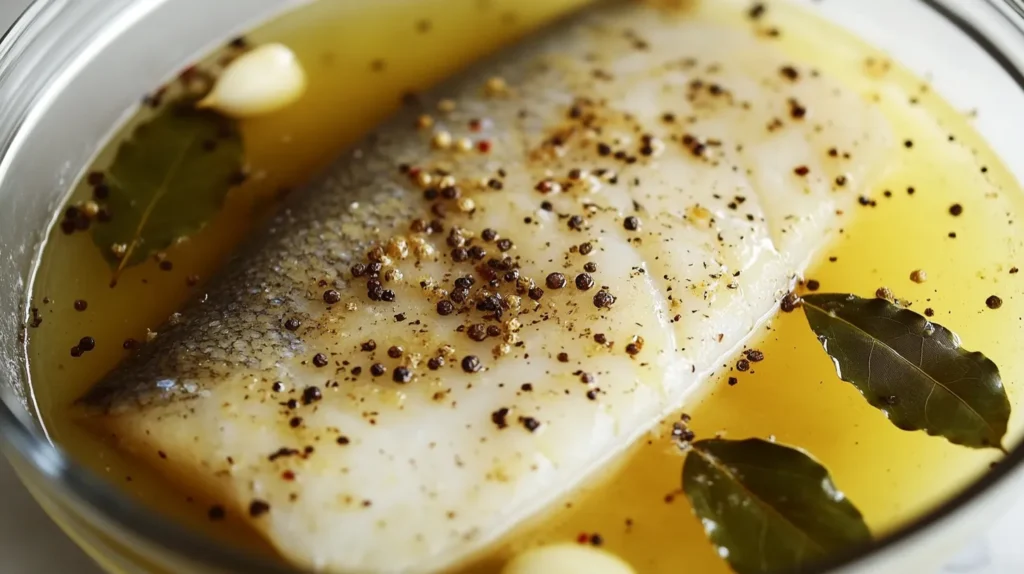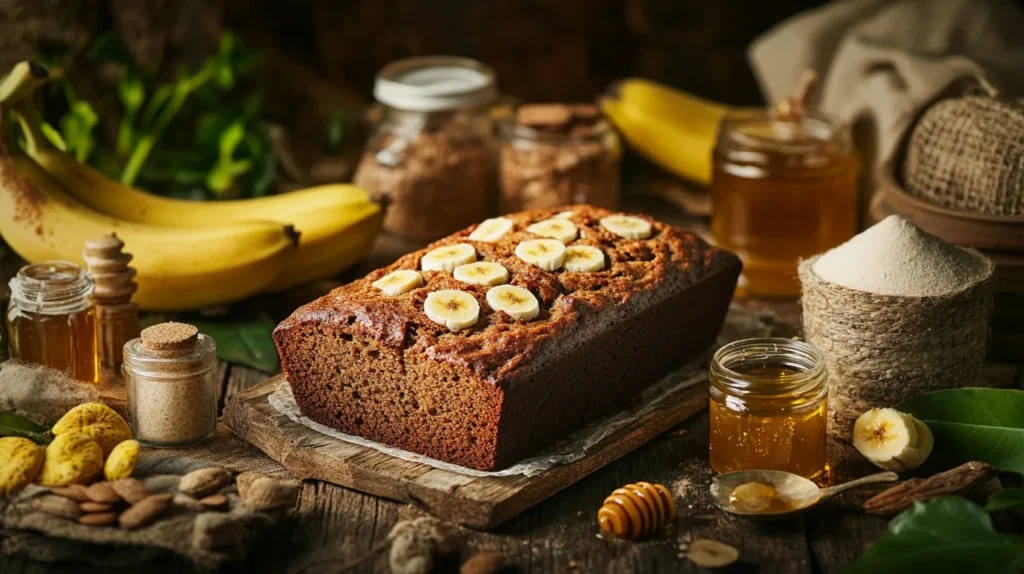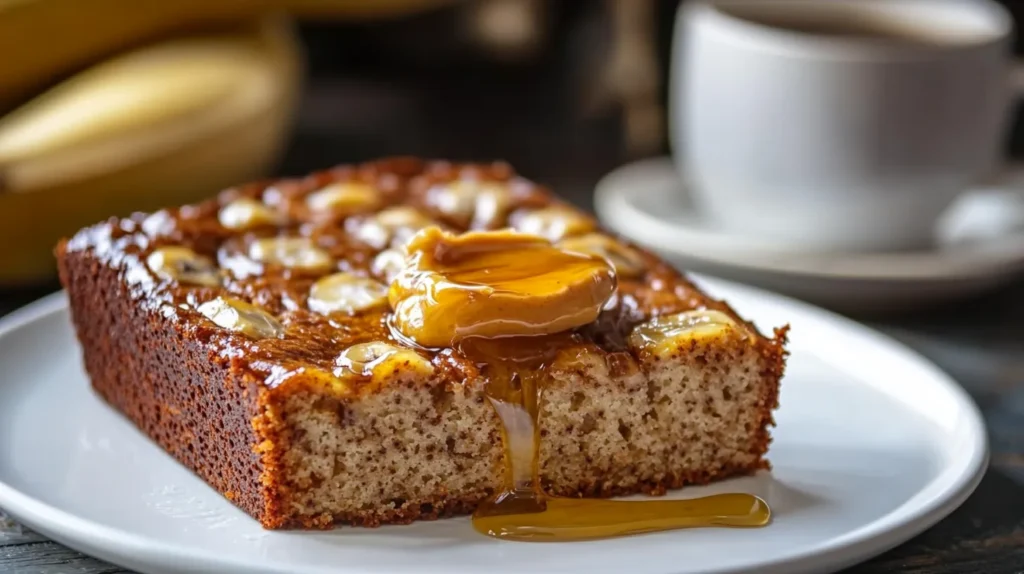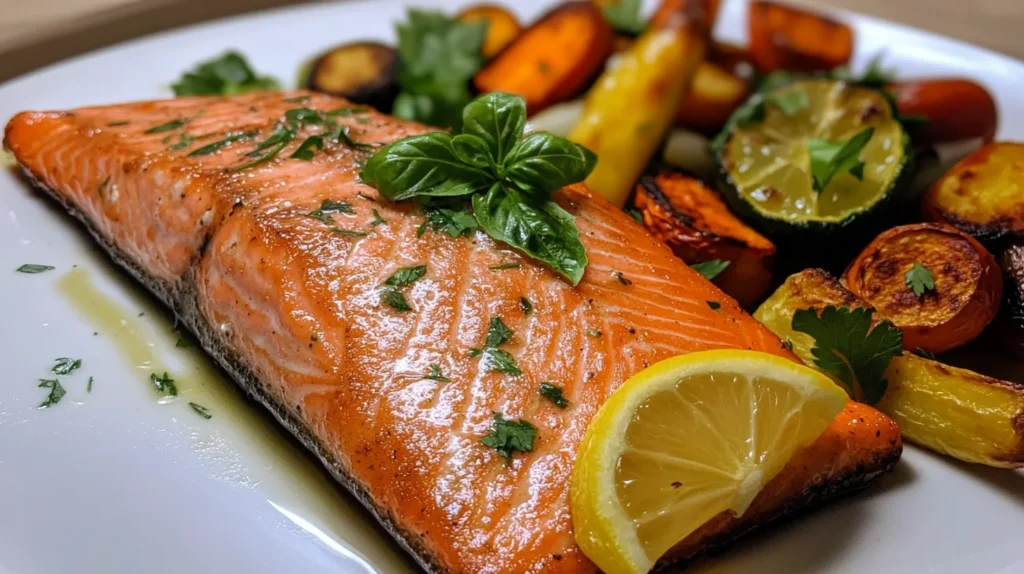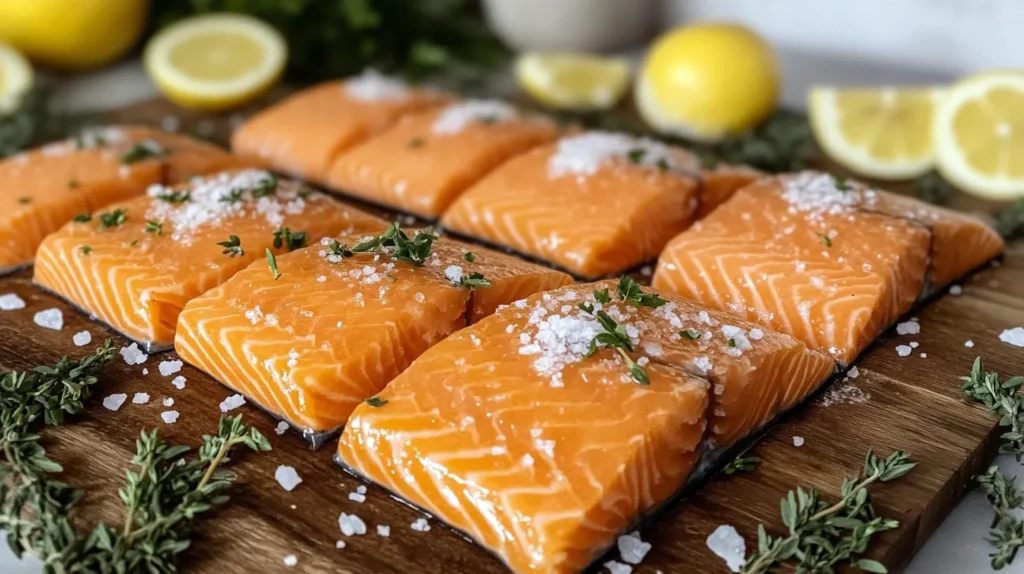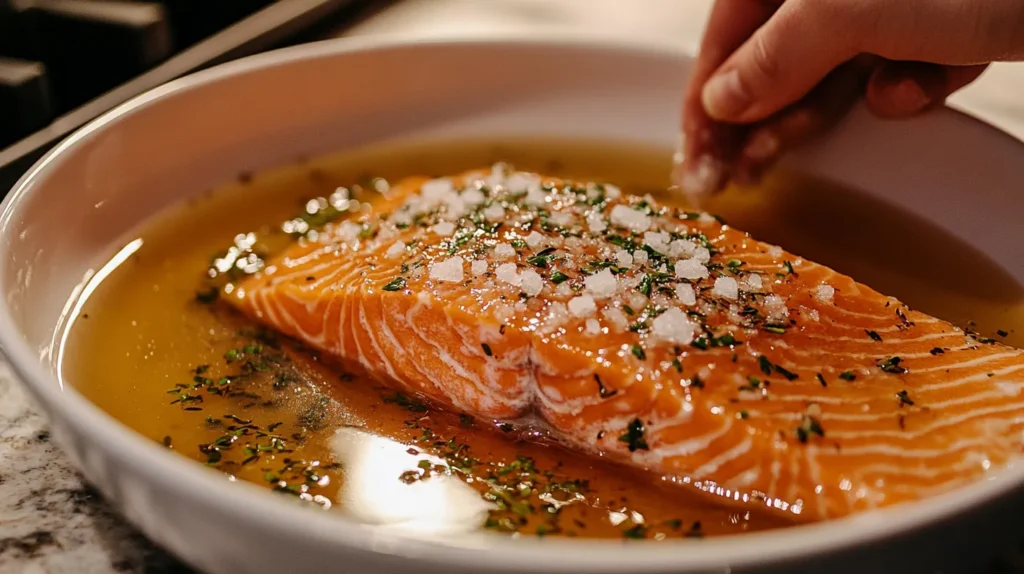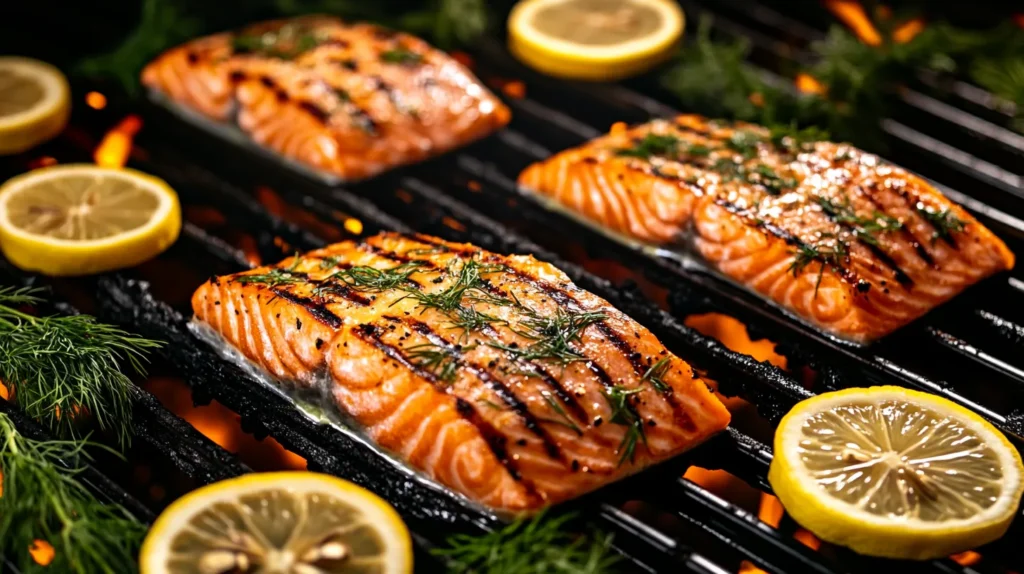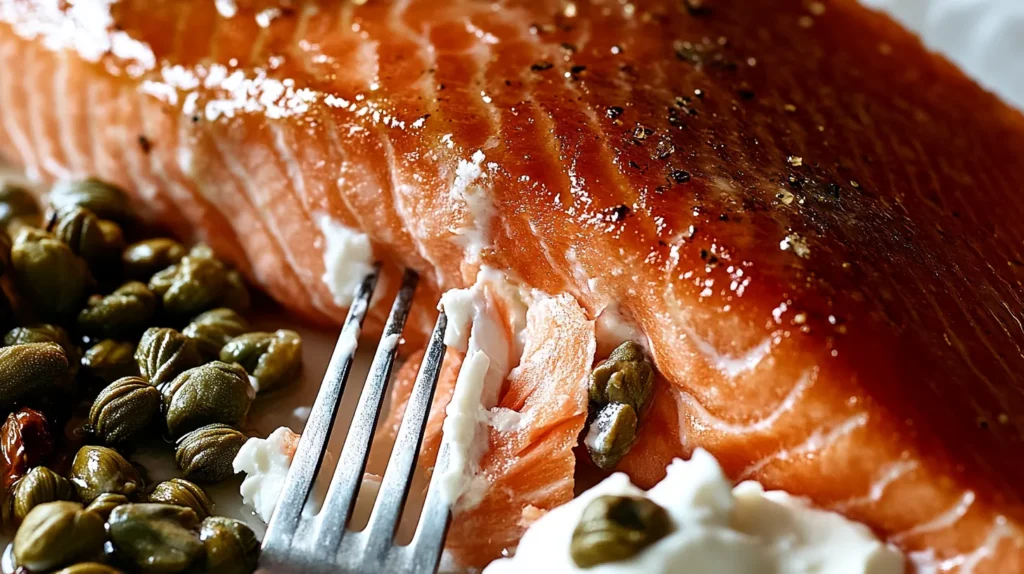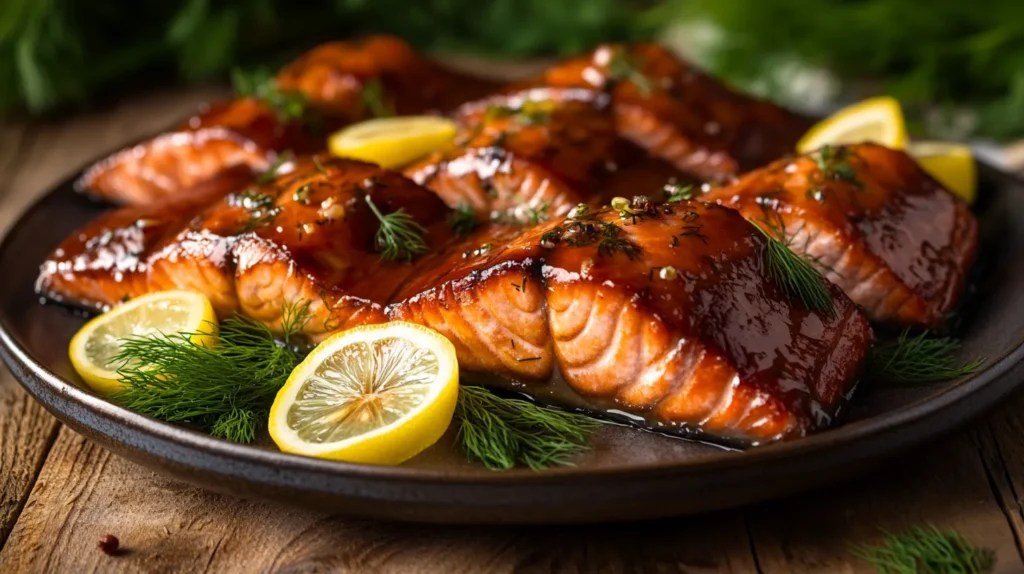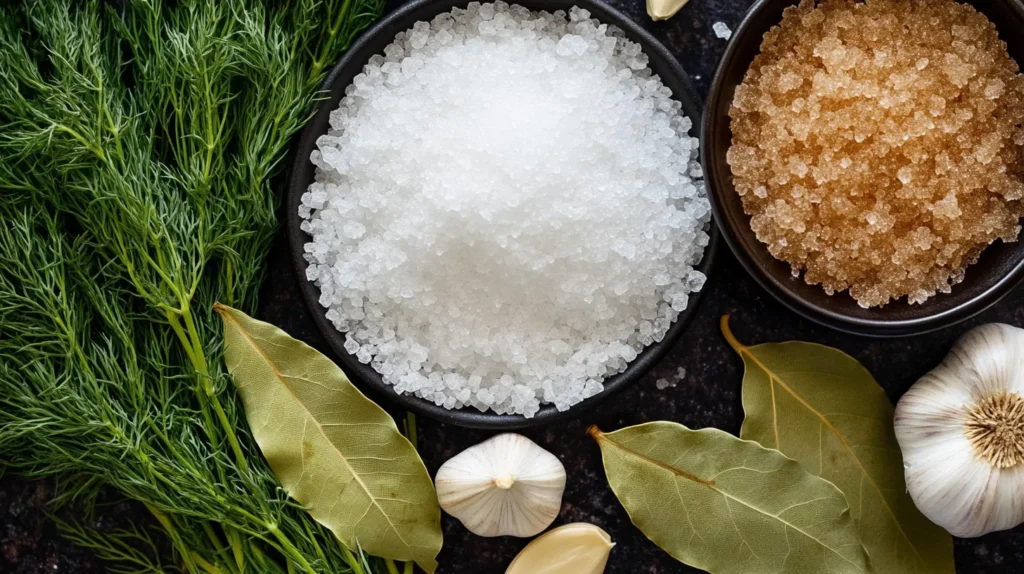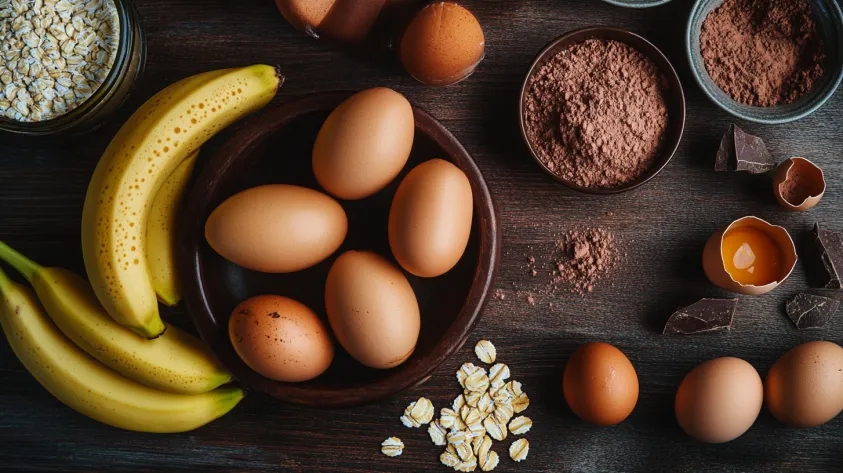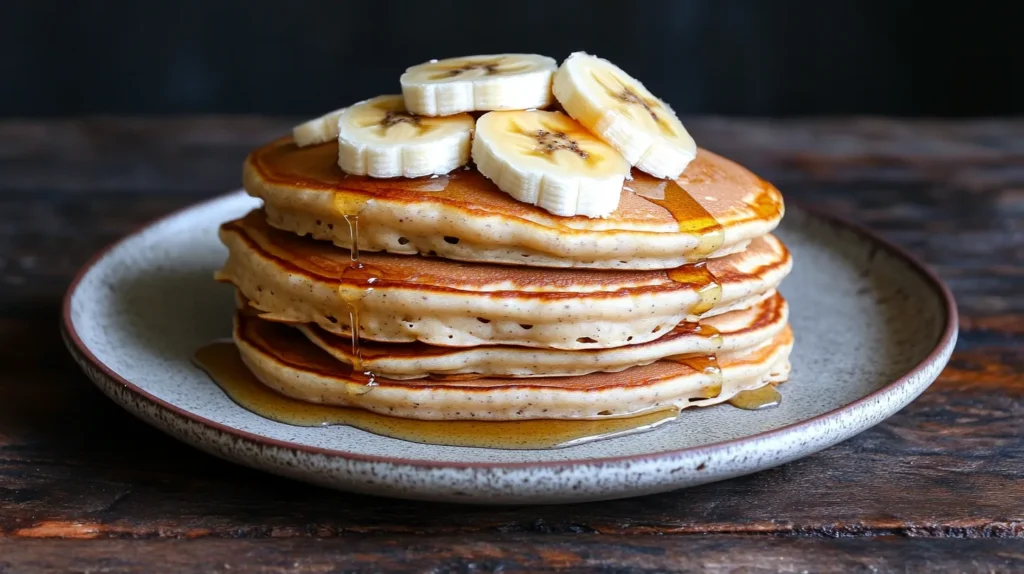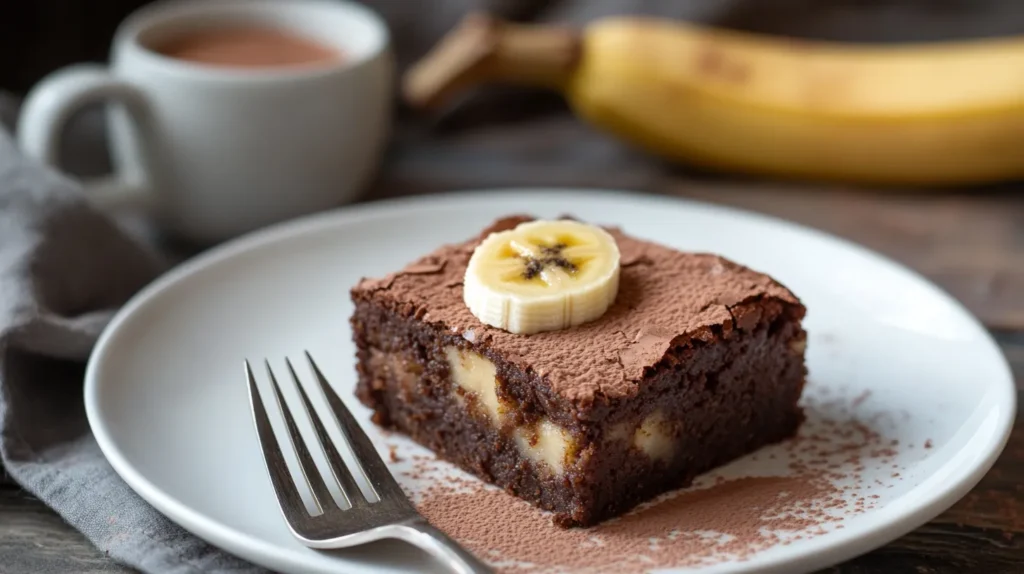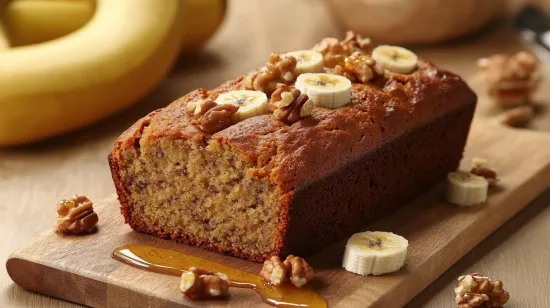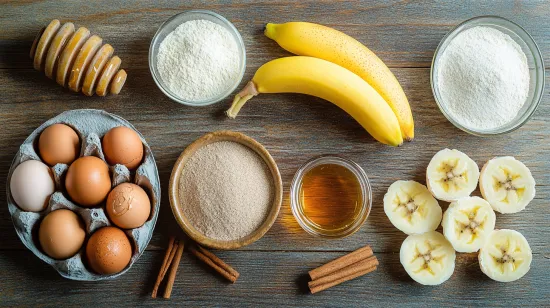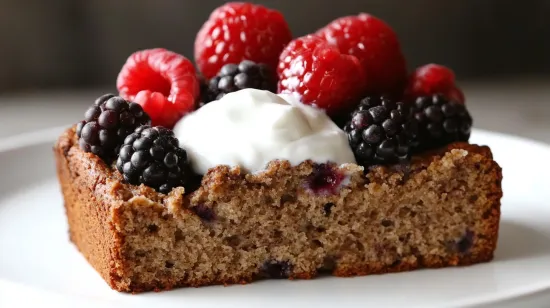
Do you want to cook something delicious yet healthy? Coho salmon is your perfect catch! This versatile fish is not only packed with nutrients but is also super easy to cook in a variety of ways. This Coho salmon cooking guide covers everything you need to know about preparing, cooking, and enjoying this versatile fish. Whether you’re a kitchen newbie or a seasoned chef, this guide has got you covered.
What is Coho Salmon?
In this Coho salmon cooking guide, we’ll explore why this fish is so beloved by chefs and home cooks alike. Its vibrant orange flesh and mild, delicate flavor make it a favorite for many seafood lovers. So, what makes Coho salmon special?
Understanding Coho Salmon: Taste and Texture
Coho salmon has a slightly milder taste compared to other types like Chinook or Sockeye. The texture is firm yet tender, making it ideal for grilling, baking, or even raw dishes like sushi. It’s like the “Goldilocks” of salmon—not too fishy and not too bland.
Why Choose Coho Salmon Over Other Types?
Looking for the perfect salmon for a family dinner? Coho salmon strikes the right balance between flavor and affordability. Plus, it’s easier to find in local stores or online. Compared to other species, Coho is less fatty, which makes it lighter on the palate and perfect for those who don’t enjoy overly rich fish.
“Cooking Coho salmon is like playing your favorite tune on repeat—it never gets old.”
Nutritional Benefits of Coho Salmon
Our Coho salmon cooking guide emphasizes not only how to cook this fish but also why it’s such a nutritional powerhouse. Let’s break it down.
Rich in Omega-3 Fatty Acids
Omega-3s are the superheroes of the nutrition world, and Coho salmon is loaded with them. These essential fatty acids help improve heart health, reduce inflammation, and even enhance brain function. Who wouldn’t want a meal that’s both tasty and healthy?
Vitamins and Minerals in Coho Salmon
Think of Coho salmon as nature’s multivitamin. It’s packed with Vitamin D, which is great for your bones, and Vitamin B12, which supports your energy levels. Add to that a generous dose of selenium and potassium, and you’ve got a complete nutritional package.
Health Benefits: Heart and Brain Health
Eating Coho salmon regularly can do wonders for your heart. The omega-3s help lower bad cholesterol while boosting good cholesterol. Plus, the nutrients in this fish are known to improve brain health, making it a brain-boosting meal for kids and adults alike.
“They say you are what you eat—so why not eat something that fuels your heart and mind?”
Preparing Coho Salmon for Cooking
Before you grab your skillet or fire up the grill, proper preparation is key. Let’s walk through how to choose, clean, and store Coho salmon to ensure you get the best results.
How to Select Fresh Coho Salmon
When buying Coho salmon, look for bright, shiny skin and firm flesh. The smell should be mild—like the ocean, not fishy. If you’re buying fillets, they should be moist but not slimy. Shopping tip: Always check the label for sustainably sourced options.
Cleaning and Deboning Techniques
Cleaning salmon might sound intimidating, but it’s easier than you think. Rinse the fish under cold water and pat it dry with paper towels. If you’re dealing with a whole fish, remove the scales using the back of a knife. For fillets, use tweezers to pluck out any tiny bones. Trust me, no one likes a surprise bone in their bite!
Best Ways to Store Coho Salmon
Not planning to cook it right away? Fresh Coho salmon should be stored in the fridge at 32°F and cooked within two days. For longer storage, freeze it. Wrap the fish tightly in plastic wrap and store it in an airtight bag. Proper storage preserves the flavor and texture, so you’ll enjoy it as if it were fresh.
Cooking Methods for Coho Salmon
Now that your Coho salmon is prepped and ready, it’s time to cook it. The beauty of Coho salmon is highlighted in this Coho salmon cooking guide, showcasing its versatility. Whether you prefer grilling, baking, or pan-searing, there’s a cooking method that will bring out its best flavors. Let’s explore the most popular ways to cook Coho salmon, step by step.
Grilling: Tips for Perfectly Grilled Coho Salmon
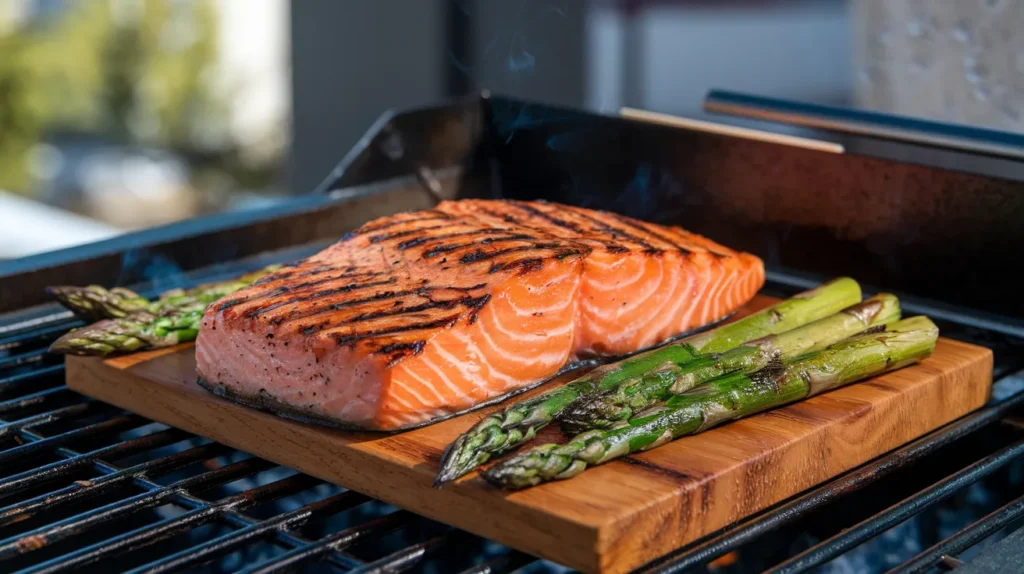
Grilling Coho salmon adds a smoky flavor that complements its natural richness. Here’s how to do it like a pro:
- Preheat Your Grill: Set it to medium-high heat.
- Prep the Salmon: Brush the fillets with olive oil and season with salt, pepper, and your favorite herbs.
- Use Foil or Cedar Planks: To avoid sticking, grill on a piece of foil or a soaked cedar plank.
- Grill Time: Place the salmon skin-side down and cook for about 6-8 minutes per inch of thickness. Flip once, and cook for another 3-4 minutes.
Pro Tip: Don’t overcook! A perfectly grilled Coho salmon should flake easily with a fork but still be moist in the center.
Baking: How to Retain Flavor and Moisture
Baking is one of the easiest methods to cook Coho salmon. It’s perfect for beginners and ensures the fish stays juicy.
- Preheat the Oven: Set it to 375°F (190°C).
- Season Generously: Create a simple marinade with lemon juice, garlic, and dill, or use your favorite spice mix.
- Wrap It Up: Place the salmon on parchment paper or foil, fold the edges to create a packet, and seal tightly.
- Bake: Cook for 12-15 minutes. The salmon is done when it reaches an internal temperature of 145°F.
“Baking salmon is like wrapping a gift—you seal in all the goodness and flavors.”
Pan-Seared Coho Salmon: A Quick and Easy Option
Short on time? Pan-searing Coho salmon gives you crispy skin and a flavorful crust in minutes.
- Heat the Pan: Use a non-stick skillet and heat a tablespoon of oil until shimmering.
- Season the Salmon: Pat the fillets dry and sprinkle with salt and pepper.
- Cook Skin-Side Down: Place the salmon in the pan, skin-side down, and press gently with a spatula to keep it flat. Cook for 3-4 minutes.
- Flip and Finish: Turn the salmon over and cook for another 2-3 minutes.
Pro Tip: For extra flavor, add a knob of butter and a sprig of thyme to the pan during the last minute of cooking.
Poaching Coho Salmon: Preserving Natural Flavor
Poaching is a gentle cooking method that keeps Coho salmon tender and highlights its natural taste.
- Prepare the Poaching Liquid: Fill a large pan with water, add a splash of white wine, lemon slices, and fresh herbs.
- Heat the Liquid: Bring it to a gentle simmer, not a rolling boil.
- Add the Salmon: Place the salmon fillets in the liquid and cook for 10-12 minutes.
“Poaching salmon is like giving it a warm bath—it comes out tender, moist, and full of flavor.”
Popular Coho Salmon Recipes
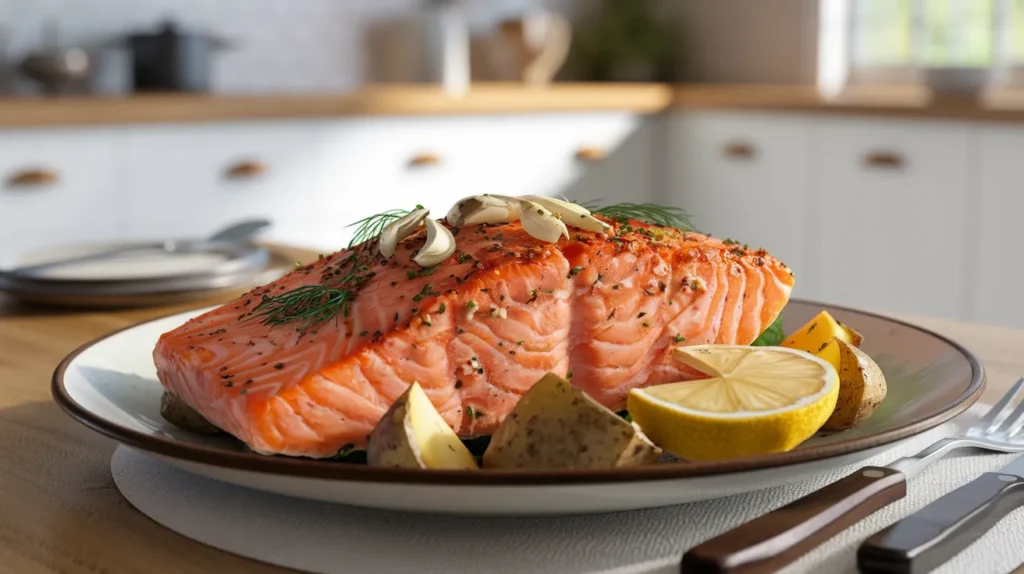
Ready to put these cooking methods to use? Here are some tried-and-true Coho salmon recipes that are sure to impress.
Grilled Coho Salmon with Lemon and Herbs
This simple recipe highlights the fish’s natural flavors.
- Ingredients: Coho salmon fillets, olive oil, lemon juice, fresh dill, salt, and pepper.
- Instructions:
- Preheat the grill and season the salmon with olive oil, lemon juice, and dill.
- Grill skin-side down for 6-8 minutes. Flip and cook for another 3 minutes.
- Serve with a fresh salad or grilled vegetables.
Baked Coho Salmon with Garlic and Dill
Perfect for a weeknight dinner.
- Ingredients: Coho salmon fillets, garlic, dill, butter, and lemon slices.
- Instructions:
- Preheat the oven to 375°F.
- Place the salmon on foil, top with garlic, dill, and butter, and wrap tightly.
- Bake for 15 minutes and serve with rice or roasted potatoes.
- Choose Fresh Salmon: Always opt for bright, firm, and fresh Coho salmon. Learn how to identify fresh fish for better results.
Coho Salmon Tacos: A Fresh and Flavorful Twist
Who doesn’t love tacos? This recipe is a crowd-pleaser.
- Ingredients: Grilled Coho salmon, corn tortillas, avocado, salsa, and lime.
- Instructions:
- Grill the salmon and flake it into pieces.
- Warm the tortillas and assemble with avocado slices, salmon, and salsa.
- Squeeze fresh lime juice on top and enjoy.
Smoked Coho Salmon: A Step-by-Step Guide
If you have a smoker, this recipe is a must-try.
- Ingredients: Coho salmon fillets, salt, brown sugar, and your favorite wood chips.
- Instructions:
- Cure the salmon with a mixture of salt and brown sugar for 4-6 hours.
- Rinse, pat dry, and place in a preheated smoker.
- Smoke for 2-3 hours at 180°F until the salmon is tender and flavorful.
Common Problems When Cooking Coho Salmon and How to Solve Them
Even though Coho salmon is relatively easy to cook, there are a few common pitfalls that can trip you up. But don’t worry! I’ve got some simple solutions to make sure your salmon turns out perfect every time.
How to Avoid Overcooking
Overcooked salmon is dry and unappetizing—nobody wants that. The key is to monitor your cooking time closely.
- Solution: Use a meat thermometer to check the internal temperature. Coho salmon is perfectly cooked when it reaches 145°F in the thickest part. If you don’t have a thermometer, look for opaque flesh that flakes easily with a fork.
“Cooking salmon is like a science experiment—timing and temperature are everything.”
Preventing a Fishy Taste
Sometimes, salmon can have a fishy odor or taste, especially if it’s not fresh.
- Solution: Start with high-quality, fresh salmon. Marinate it in a mix of lemon juice and herbs for 30 minutes before cooking. The acidity of the lemon neutralizes the fishiness while adding flavor.
Dealing with Dryness in Cooked Salmon
Dry salmon is often the result of cooking it too long or at too high a temperature.
- Solution: Always use a cooking method that preserves moisture, such as baking in foil or poaching. Adding a drizzle of olive oil or a pat of butter during cooking can also help keep the salmon juicy.
Pairing Coho Salmon with Sides and Drinks
Coho salmon is a versatile fish that pairs beautifully with a wide range of sides and drinks. Whether you’re planning a casual dinner or a fancy gathering, these pairings will elevate your meal.
Best Side Dishes for Coho Salmon
- Roasted Vegetables: Carrots, asparagus, or Brussels sprouts roasted with olive oil and garlic complement the salmon’s flavors.
- Rice or Quinoa: A light, fluffy grain provides a neutral base that lets the salmon shine.
- Salads: A fresh, crisp salad with greens, cucumber, and a tangy vinaigrette is a refreshing side.
Wine Pairings for Coho Salmon
Coho salmon’s mild flavor makes it a fantastic match for wine.
- White Wine: Go for a crisp Sauvignon Blanc or Chardonnay to complement the fish’s richness.
- Rosé: A dry rosé adds a fruity note that pairs well with grilled or smoked salmon.
- Light Red Wine: If you prefer red, a Pinot Noir is an excellent choice.
“Pairing wine with salmon is like finding the perfect dance partner—when it’s right, it’s magical.”
Sustainable Sourcing of Coho Salmon
In today’s world, it’s more important than ever to choose sustainably sourced seafood. Buying sustainably caught Coho salmon helps protect fish populations and supports ethical fishing practices.
Understanding Sustainable Fishing Practices
Sustainable fishing ensures that fish are caught in ways that protect the environment and avoid overfishing. Look for certifications like the Marine Stewardship Council (MSC) label when shopping for salmon.
Tips for Buying Ethically Sourced Coho Salmon
- Ask Questions: Don’t hesitate to ask your fishmonger where the salmon comes from.
- Check Labels: Look for “wild-caught” or “sustainably farmed” on the packaging.
- Shop Local: Visit farmer’s markets or local seafood shops for fresh, responsibly sourced salmon.
“Choosing sustainable salmon is like casting a vote for the health of our oceans.”
Conclusion: Why Coho Salmon Should Be Your Go-To Fish
This Coho salmon cooking guide aims to inspire you to make this fish a staple in your kitchen. Whether you’re grilling it for a summer barbecue, baking it for a cozy dinner, or trying something adventurous like smoking, Coho salmon never disappoints. With its mild flavor and firm texture, it’s the perfect fish for any occasion.
So, why not make Coho salmon your go-to fish? It’s easy to cook, pairs beautifully with almost anything, and is packed with nutrients. Plus, by choosing sustainable options, you’re doing your part to protect the planet. What’s not to love?
“The next time you’re wondering what to cook, remember this: Coho salmon isn’t just food—it’s an experience.”



